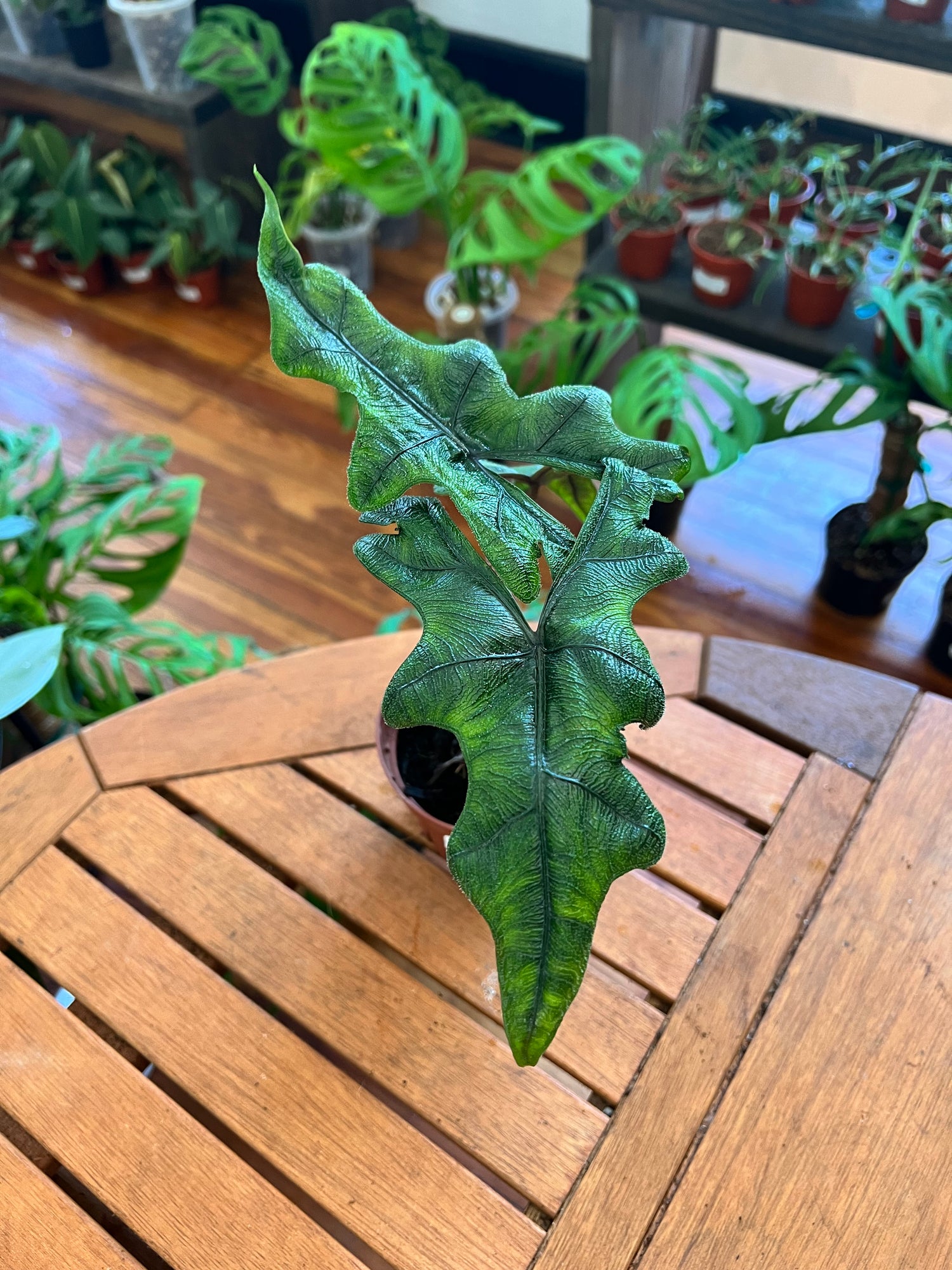Do you have a passion for indoor plants and a desire to add a touch of exotic beauty to your home? Look no further than the stunning Philodendron Ring of Fire! With its vibrant foliage and easy-care nature, this plant is sure to become a favorite in your collection. In this blog post, we'll explore everything you need to know about caring for, propagating, repotting, and creating the ideal conditions for your Philodendron Ring of Fire.
Meet the Philodendron Ring of Fire
The Philodendron Ring of Fire, scientifically known as *Philodendron erubescens*, is a striking tropical plant that belongs to the Araceae family. Originating from the rainforests of Central and South America, this philodendron variety is renowned for its mesmerizing foliage. Its leaves display an enchanting mix of vibrant green, deep red, and brilliant pink, resembling flames that dance along its edges. As it matures, the colors intensify, making it a true showstopper in any indoor garden.
Caring for Your Philodendron Ring of Fire
Philodendron erubescens is prized for not only its beauty but also its ease of care. Here's how you can ensure your Ring of Fire thrives:
1. Light: Provide bright, indirect sunlight. Avoid direct sunlight, as it can scorch the delicate leaves. A spot near a north or east-facing window is ideal.
2. Temperature: Keep your plant in a warm and humid environment. Temperatures between 65-80°F (18-27°C) are perfect. Avoid sudden temperature drops and drafts.
3. Watering: Allow the top inch of the soil to dry out before watering. Water thoroughly, ensuring that excess water can drain from the pot. Overwatering can lead to root rot, so be cautious.
4. Humidity: Philodendron Ring of Fire thrives in high humidity. Mist the leaves regularly or use a humidity tray to maintain moisture levels.
5. Fertilization: During the growing season (spring and summer), feed your plant with a balanced liquid fertilizer every 4-6 weeks. Reduce feeding in the fall and winter when growth slows down.
Propagation
Propagating your Philodendron Ring of Fire is a rewarding way to share its beauty with friends or expand your collection. Here's how to do it:
1. Stem Cuttings: Take a healthy stem cutting with at least one leaf and a node (the bump where leaves and roots grow). Let the cut end dry for a few hours to prevent rot, then plant it in a well-draining potting mix. Keep it warm and humid until new growth appears.
2. Aerial Roots: If your plant has aerial roots, you can cut the stem just below a node with an aerial root and plant it directly in soil.
Repotting
As your Philodendron Ring of Fire grows, you may need to repot it to provide more space for its roots. Here's how to do it:
1. Timing: Repot your plant in the spring when it's actively growing. Choose a pot that's 1-2 inches larger in diameter than the current one.
2. Soil: Use a well-draining potting mix rich in organic matter.
3. Transplant: Gently remove the plant from its old pot and place it in the new one. Fill in with fresh soil, ensuring the top of the root ball is level with the pot's rim.
4. Watering: Water thoroughly after repotting to settle the soil.
Ideal Conditions
To create the ideal conditions for your Philodendron Ring of Fire:
1. Light: Bright, indirect sunlight.
2. Temperature: Maintain a warm, consistent temperature and avoid drafts.
3. Humidity: Keep humidity levels high, especially during the dry months of winter.
4. Water: Water when the top inch of soil is dry, and ensure proper drainage to prevent waterlogged roots.
In conclusion, the Philodendron Ring of Fire is a remarkable and visually striking plant that can elevate the ambiance of any indoor space. With its straightforward care requirements and the joy of watching its vibrant foliage flourish, this philodendron variety is an excellent choice for both novice and experienced plant enthusiasts. Incorporate one into your collection, and you'll be rewarded with a living work of art that brings tropical beauty to your home year-round.
Tu carrito esta vacío
Seguir comprando¿Tienes una cuenta?
Inicia sesión para finalizar tus compras con mayor rapidez.

